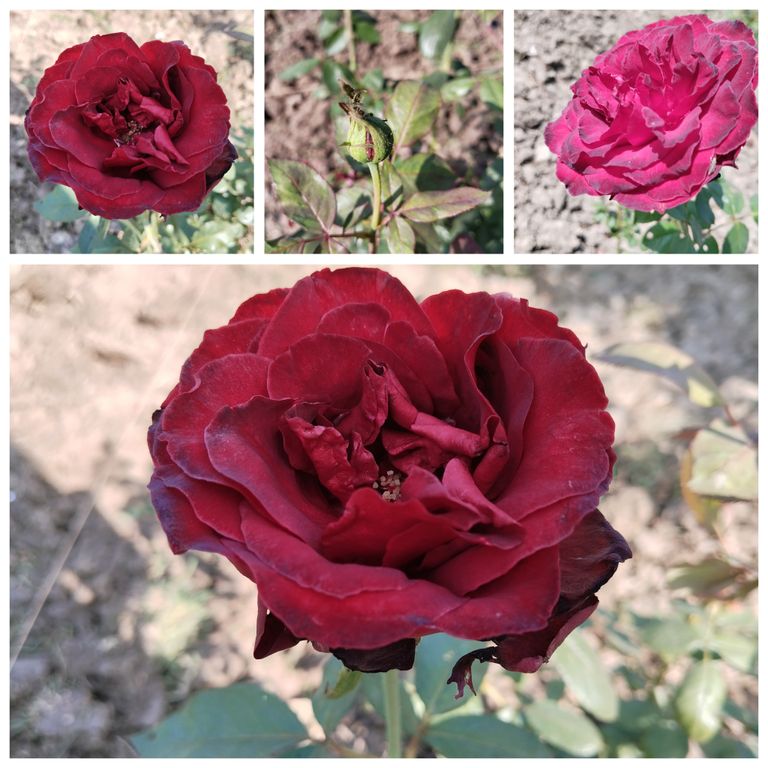
Beauty of Red Roses A Symbol of Love and Elegance.
Few things in nature captivate the human heart as effortlessly as a red rose. With its velvety petals, intoxicating fragrance, and deep crimson hue, the red rose has become a timeless emblem of love, passion, and beauty. But beyond its romantic symbolism, the red rose carries layers of cultural, historical, and aesthetic significance that continue to inspire admiration and awe across the globe.
The Timeless Symbolism of Red Roses
From ancient mythology to modern celebrations, red roses have always held a prominent place in human expression. In Greek mythology, the red rose is linked to Aphrodite, the goddess of love, who is said to have created roses from her tears and the blood of her lover, Adonis. This association with love and sacrifice endures, making the red rose the ultimate symbol of passion and devotion.
In literature, red roses often represent deep emotions and fiery love. Shakespeare immortalized them in his works, notably in Romeo and Juliet, where the rose symbolizes the purity and intensity of love. Similarly, poets and writers through the ages have used red roses as metaphors for the beauty and complexity of human emotions.
In modern culture, red roses are the quintessential flower of Valentine’s Day, symbolizing love and romance. A single red rose speaks of undying love, while a bouquet conveys deep passion and appreciation.
The Aesthetic Appeal of Red Roses
The allure of red roses lies not just in their symbolic meaning but also in their exquisite appearance. The vibrant red color, often associated with energy and passion, stands out vividly against the backdrop of lush green leaves. The intricate design of the petals, spiraling inward, creates a mesmerizing visual pattern that seems almost too perfect to be natural.
Their fragrance adds another dimension to their charm. The scent of a red rose is subtle yet intoxicating, evoking feelings of warmth, comfort, and nostalgia. It’s no wonder that rose essential oil is a prized ingredient in perfumes and aromatherapy.
Cultural and Historical Significance
Red roses have been cherished throughout history, not just as symbols of love but also for their medicinal and culinary uses. In ancient Persia, roses were cultivated for their beauty and used to produce rose water, a staple in Middle Eastern cuisine and skincare.
In Victorian England, red roses played a crucial role in the "language of flowers," a system of communication that allowed individuals to convey messages and emotions through floral arrangements. A red rose sent to a lover spoke volumes about one's feelings, often saying more than words ever could.
In many cultures, red roses are also associated with celebrations and ceremonies. They adorn wedding venues, symbolize respect during memorials, and are given as tokens of appreciation and admiration.
Caring for Red Roses
To truly appreciate the beauty of red roses, one must also understand the care they require. Whether grown in gardens or displayed in vases, roses demand attention and nurturing. Here are some tips to maintain their beauty:
- Planting: Red roses thrive in well-drained soil with plenty of sunlight. Choose a location where they can receive at least 6 hours of direct sunlight daily.
- Watering: Roses need consistent watering but avoid overwatering, which can lead to root rot. Early morning watering is ideal to allow moisture to dry during the day.
- Pruning: Regular pruning helps maintain the shape of the plant and encourages healthy growth. Remove dead or diseased branches promptly.
- Feeding: Use rose-specific fertilizers to provide essential nutrients. Feed them during the growing season for the best blooms.
- Pest Control: Keep an eye out for pests like aphids and mites. Organic sprays or natural predators like ladybugs can help keep them at bay.
The Red Rose in Art and Media
Artists and filmmakers have often turned to red roses to symbolize love, beauty, and even mystery. Paintings by famous artists, such as Pierre-Auguste Renoir, often feature red roses as a central theme. In movies, red roses are used to create dramatic or romantic imagery, further embedding their place in popular culture.
Conclusion
The red rose, with its timeless elegance and deep symbolic meaning, is more than just a flower. It is a testament to the beauty and complexity of nature and human emotions. Whether given as a token of love, admired in a garden, or immortalized in art, the red rose continues to inspire and captivate. Its beauty lies not only in its appearance but also in the stories, emotions, and memories it carries.
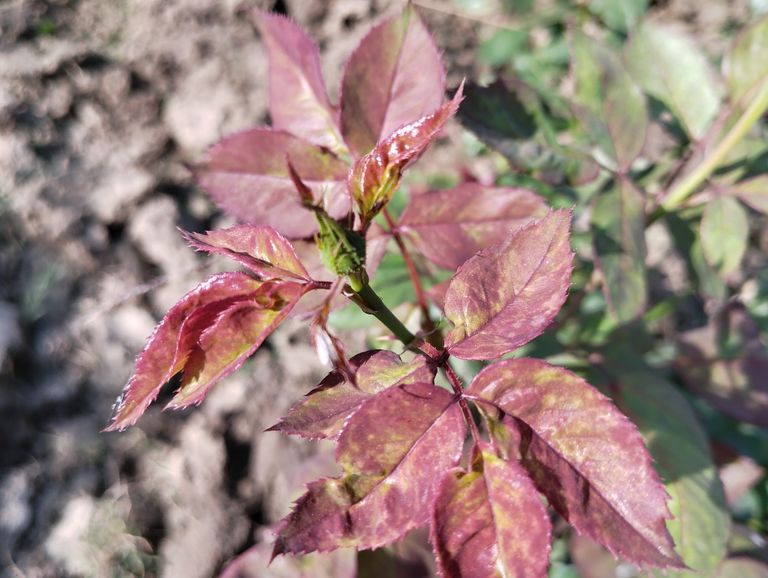
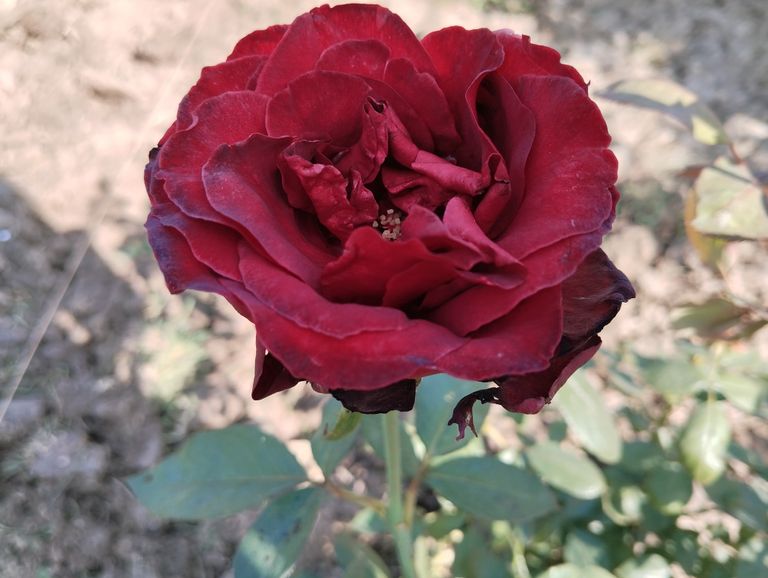
A Complete Guide to Growing Roses
Roses are often referred to as the "queen of flowers" due to their unparalleled beauty, captivating fragrance, and symbolic significance. Growing roses can be a fulfilling experience for both novice and seasoned gardeners. This blog will guide you through the essentials of rose cultivation, from selecting varieties to maintaining healthy blooms.
- Understanding Roses
Roses belong to the genus Rosa, which includes over 300 species and thousands of cultivars. They are versatile, ranging from climbers and shrubs to compact miniature varieties. Roses can be grown for decorative purposes, fragrance, or even commercial production for perfumes and essential oils.
Popular Rose Varieties
Hybrid Teas: Known for their large, single blooms.
Floribundas: Clustered blooms that are great for landscaping.
Climbing Roses: Perfect for trellises and walls.
Miniature Roses: Small roses suitable for indoor pots or small gardens.
Shrub Roses: Hardy varieties that require minimal care.
- Choosing the Right Location
The success of rose cultivation largely depends on the site selection.
Sunlight: Roses thrive in full sun, requiring at least 6-8 hours of direct sunlight daily.
Soil: They prefer well-drained, loamy soil rich in organic matter. A slightly acidic pH (6.0-6.5) is ideal.
Air Circulation: Ensure proper spacing between plants to reduce the risk of fungal diseases.
- Preparing the Soil
Healthy soil is the foundation of a thriving rose garden. Here’s how to prepare it:
- Clear the Area: Remove weeds and debris.
- Enrich the Soil: Mix organic compost or well-rotted manure to improve fertility.
- Drainage Check: Ensure that water doesn’t stagnate. Add sand or perlite if necessary.
- pH Testing: Use a soil testing kit to adjust pH levels. Add lime for acidic soil or sulfur for alkaline soil.
- Planting Roses
Roses can be planted as bare-root plants or as potted ones. Follow these steps:
Bare-Root Roses
Time: Plant during late winter or early spring when the plant is dormant.
Soaking: Soak the roots in water for 6-12 hours before planting.
Digging Holes: Dig a hole wide enough to accommodate the roots comfortably.
Planting: Place the rose in the hole, ensuring the bud union is 1-2 inches above the soil level. Fill the hole with soil and water thoroughly.
Potted Roses
Time: Can be planted any time during the growing season.
Procedure: Dig a hole twice the size of the pot. Remove the plant carefully, keeping the root ball intact, and plant it at the same depth as in the pot.
- Watering and Fertilizing
Watering
Water deeply but infrequently. Roses need about 1-2 inches of water per week.
Avoid overhead watering to reduce fungal infections like black spots or powdery mildew.
Fertilizing
Apply a balanced rose fertilizer every 4-6 weeks during the growing season.
Use organic options like bone meal, fish emulsion, or compost tea for eco-friendly gardening.
- Pruning Roses
Pruning promotes healthy growth and enhances flowering. The best time to prune is late winter or early spring before new growth begins.
How to Prune
- Remove dead or diseased wood.
- Cut back weak or crossing branches.
- Trim the plant to shape, leaving healthy stems with 3-5 outward-facing buds.
- Pest and Disease Management
Roses are prone to pests and diseases, but regular care can prevent major problems.
Common Pests
Aphids: Control with insecticidal soap or neem oil.
Spider Mites: Increase humidity or use miticides.
Thrips: Remove affected buds and use systemic insecticides.
Common Diseases
Black Spot: Avoid overhead watering and remove infected leaves.
Powdery Mildew: Ensure good air circulation and use fungicides.
Rust: Remove affected foliage and apply sulfur-based sprays.
- Seasonal Care
Spring
Feed with nitrogen-rich fertilizers to encourage growth.
Mulch around the base to retain moisture and suppress weeds.
Summer
Deadhead spent blooms to promote continuous flowering.
Water consistently during dry spells.
Autumn
Reduce fertilization to harden plants for winter.
Apply mulch to protect roots from frost.
Winter
Prune and clean up the garden to reduce overwintering pests.
Cover plants with burlap or straw in colder climates.
- Harvesting and Enjoying Roses
For cut flowers, harvest early in the morning when blooms are just opening.
Use a sharp knife or pruning shears to cut stems at a 45-degree angle.
Display roses in clean vases with fresh water to extend their vase life.
- Tips for Commercial Rose Farming
Choose high-yielding, disease-resistant varieties.
Adopt drip irrigation to save water.
Use integrated pest management (IPM) techniques for sustainable farming.
Regularly monitor the plants for diseases and pests.
Conclusion
Growing roses requires patience and care, but the rewards are well worth the effort. With vibrant colors, delightful scents, and the ability to brighten any space, roses are a gardener’s delight. Whether you're growing them for personal enjoyment or commercial purposes, the tips shared in this guide will help you cultivate healthy, thriving roses.
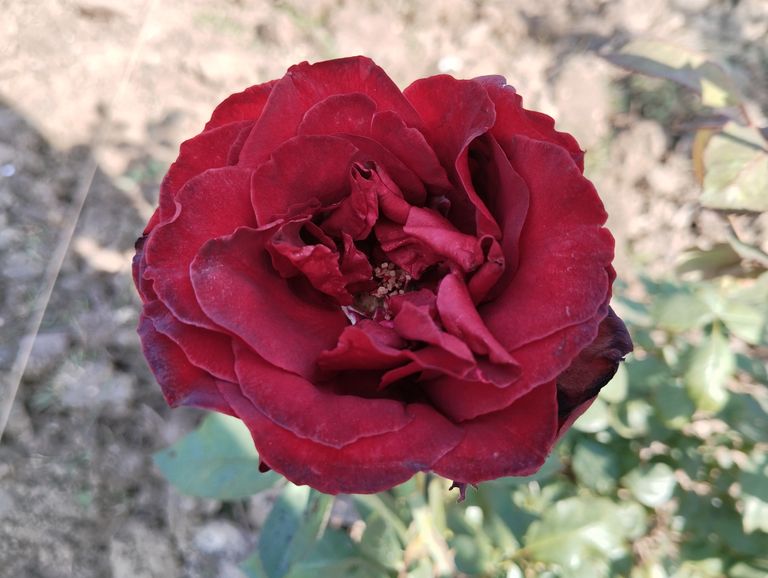
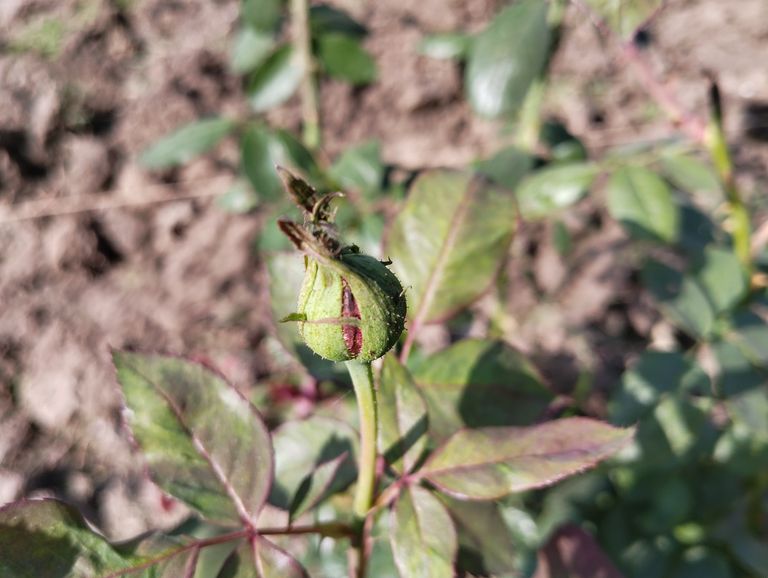
Benefits of Rose Plant Roots: A Hidden Treasure
The rose plant is often celebrated for its enchanting beauty and fragrant blossoms. However, beyond its captivating flowers lies an often-overlooked part of the plant that holds remarkable potential: its roots. Rose roots are not just vital for anchoring the plant and absorbing nutrients but also possess unique properties that make them valuable in various applications. Let’s explore the myriad benefits of rose plant roots in detail.
- Medicinal Properties
For centuries, traditional medicine systems have utilized different parts of the rose plant, including its roots. Rose roots are known to have antibacterial, antifungal, and anti-inflammatory properties. They are often used in herbal remedies for treating skin infections, minor wounds, and inflammation.
Improves Digestion: Rose roots, when prepared as an herbal tea, can soothe the digestive system and alleviate symptoms like bloating or mild stomach aches.
Detoxification: Consuming rose root extracts can help flush out toxins from the body and support liver health.
Immune Booster: Their antimicrobial properties make them effective in strengthening the immune system.
- Skincare and Beauty Uses
The natural compounds found in rose roots are beneficial for skincare. These compounds are rich in antioxidants, which help combat free radicals and prevent premature aging.
Natural Cleanser: Rose root-infused water can act as a gentle toner, cleansing the skin and maintaining its pH balance.
Soothes Irritated Skin: Its anti-inflammatory properties make it effective in reducing redness and soothing irritated or sensitive skin.
- Aromatherapy and Stress Relief
Rose roots are sometimes used in aromatherapy to create a calming effect. When boiled or crushed, they emit a mild fragrance that can help reduce stress and anxiety. Herbal practitioners recommend rose root tea for relaxation and mental clarity.
- Gardening and Environmental Benefits
From an ecological perspective, rose roots play a crucial role in improving soil quality.
Prevents Soil Erosion: The deep and extensive root systems of rose plants bind the soil and prevent erosion, particularly in areas prone to heavy rainfall.
Enhances Soil Fertility: Over time, decayed rose roots contribute organic matter to the soil, enriching it with nutrients.
- Cultural and Spiritual Significance
In some cultures, rose roots hold symbolic meaning and are used in spiritual practices. They are believed to bring positivity and ward off negative energies when used in rituals or ceremonies.
- Alternative Medicine and Research
Modern scientific research is beginning to validate the traditional uses of rose roots. Studies indicate that they contain bioactive compounds, such as tannins and flavonoids, which exhibit antioxidant and antimicrobial effects.
Potential Cancer Research: Some studies suggest that the compounds in rose roots may have anti-cancer properties, although more research is needed.
Adaptogenic Properties: Rose roots are being studied for their potential as adaptogens, helping the body manage stress and fatigue.
- Practical Applications at Home
You can incorporate rose roots into your daily routine in simple ways:
Herbal Tea: Boil cleaned rose roots in water to make a soothing herbal tea.
Natural Dye: The roots can be used to extract natural pigments for dyeing fabrics.
DIY Skincare: Crush dried roots into a fine powder to add to face masks or scrubs.
How to Harvest and Use Rose Roots
If you have a rose plant at home, harvesting its roots should be done with care to avoid harming the plant. Here’s how:
- Choose mature plants that are no longer blooming.
- Gently dig around the base of the plant to expose the roots.
- Cut a small portion of the roots, ensuring the plant remains intact.
- Clean the roots thoroughly to remove dirt and impurities.
- Dry them under the sun for storage or use fresh for immediate benefits.
Precautions
While rose roots have numerous benefits, it’s essential to exercise caution:
Allergic Reactions: Test any topical application on a small patch of skin first.
Consultation: Always consult a healthcare professional before consuming rose root extracts, especially if you are pregnant or on medication.
Sustainability: Avoid overharvesting roots to ensure the health and longevity of your plants.
Conclusion
The roots of the rose plant, often overshadowed by the beauty of its flowers, are a hidden treasure trove of benefits. From their medicinal properties to their role in skincare and environmental sustainability, rose roots prove that every part of nature has something valuable to offer. By understanding and utilizing these benefits responsibly, we can unlock the full potential of this extraordinary plant.
Whether you’re a gardener, a health enthusiast, or someone seeking natural remedies, exploring the wonders of rose roots might just bring a refreshing addition to your life.
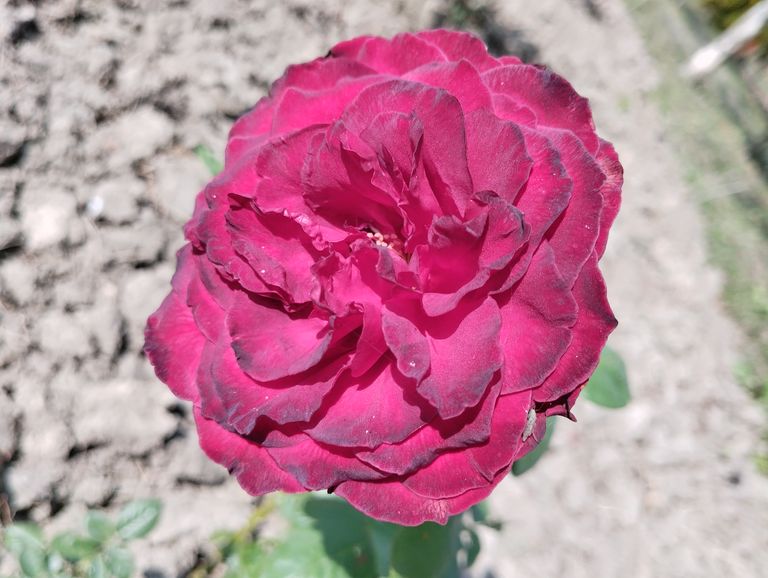
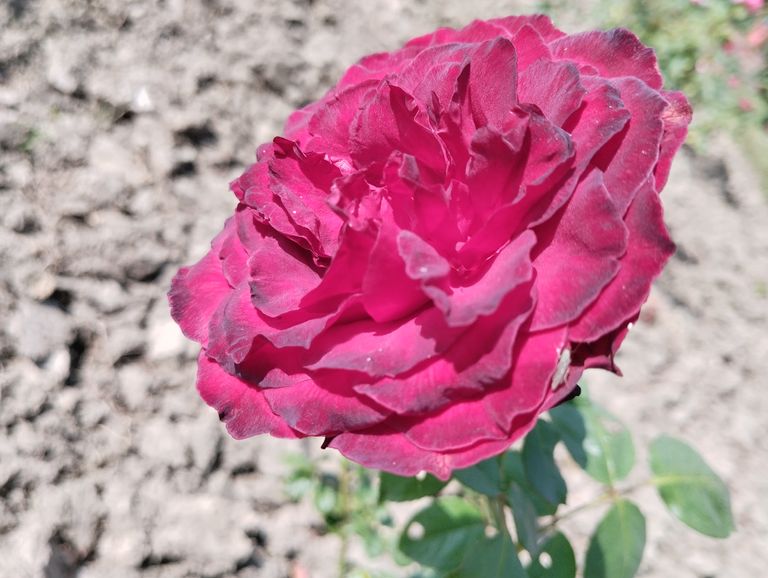
Advantages of Rose Plant Roots: A Secret Fortune
The rose plant is frequently commended for its charming excellence and fragrant blooms. In any case, past its spellbinding blossoms lies a frequently neglected piece of the plant that holds momentous potential: its underlying foundations. Rose roots are not only fundamental for securing the plant and retaining supplements yet additionally have extraordinary properties that make them significant in different applications. We should investigate the bunch advantages of rose plant establishes exhaustively.
- Therapeutic Properties
For a really long time, conventional medication frameworks have used various pieces of the rose plant, including its underlying foundations. Rose attaches are known to have antibacterial, antifungal, and mitigating properties. They are in many cases utilized in home grown solutions for treating skin contaminations, minor injuries, and aggravation.
Further develops Absorption: Rose roots, when ready as a home grown tea, can calm the stomach related framework and reduce side effects like bulging or gentle stomach throbs.
Detoxification: Consuming rose root concentrates can assist with flushing out poisons from the body and backing liver wellbeing.
Resistant Sponsor: Their antimicrobial properties make them viable in fortifying the safe framework.
- Skincare and Magnificence Uses
The normal mixtures found in rose pulls are gainful for skincare. These mixtures are wealthy in cell reinforcements, which assist with combatting free revolutionaries and forestall untimely maturing.
Normal Cleaning agent: Rose root-implanted water can go about as a delicate toner, purging the skin and keeping up with its pH balance.
Mitigates Bothered Skin: Its calming properties make it compelling in lessening redness and alleviating disturbed or touchy skin.
- Fragrant healing and Stress Help
Rose establishes are here and there utilized in fragrance based treatment to make a quieting impact. When bubbled or squashed, they radiate a gentle scent that can assist with diminishing pressure and uneasiness. Natural professionals suggest rose pull tea for unwinding and mental clearness.
- Cultivating and Natural Advantages
According to a biological point of view, rose roots assume a significant part in further developing soil quality.
Forestalls Soil Disintegration: The profound and broad underground roots of rose plants tie the dirt and forestall disintegration, especially in regions inclined to weighty precipitation.
Upgrades Soil Richness: After some time, rotted rose attaches contribute natural make a difference to the dirt, enhancing it with supplements.
- Social and Otherworldly Importance
In certain societies, rose roots hold representative importance and are utilized in profound practices. They are accepted to bring energy and avert negative energies when utilized in customs or services.
- Elective Medication and Exploration
Present day logical examination is starting to approve the customary purposes of rose roots. Studies demonstrate that they contain bioactive mixtures, for example, tannins and flavonoids, which display cell reinforcement and antimicrobial impacts.
Potential Disease Exploration: A few examinations propose that the mixtures in rose roots might have hostile to malignant growth properties, albeit more examination is required.
Adaptogenic Properties: Rose pulls are being read up for their true capacity as adaptogens, assisting the body with overseeing pressure and weakness.
- Reasonable Applications at Home
You can integrate rose roots into your day to day daily practice in basic ways:
Natural Tea: Bubble cleaned rose establishes in water to make a relieving home grown tea.
Normal Color: The roots can be utilized to remove regular shades for coloring textures.
Do-It-Yourself Skincare: Squash dried roots into a fine powder to add to facial coverings or cleans.
The most effective method to Reap and Utilize Rose Roots
On the off chance that you have a rose plant at home, reaping its foundations ought to be finished with care to try not to hurt the plant. This is how it's done:
Pick mature plants that are done blossoming.
Delicately dig around the foundation of the plant to uncover the roots.
Cut a little part of the roots, guaranteeing the plant stays in salvageable shape.
Clean the roots completely to eliminate soil and contaminations.
Dry them under the sun for capacity or utilize new for sure fire benefits.
Precautionary measures
While rose roots have various advantages, practicing caution is fundamental:
Unfavorably susceptible Responses: Test any effective application on a little fix of skin first.
Interview: Consistently counsel a medical care proficient prior to consuming rose root extricates, particularly on the off chance that you are pregnant or taking drugs.
Manageability: Keep away from overharvesting roots to guarantee the wellbeing and life span of your plants.
End
The underlying foundations of the rose plant, frequently eclipsed by the magnificence of its blossoms, are a secret mother lode of advantages. From their restorative properties to their job in skincare and ecological supportability, rose roots demonstrate that all aspects of nature brings something important to the table. By getting it and using these advantages dependably, we can open the maximum capacity of this unprecedented plant.
গোলাপ ফুলটা অনেক সুন্দর এবং আপনার ফটোগ্রাফি অনেক সুন্দর হইছে মাশাল্লাহ।
ধন্যবাদ।